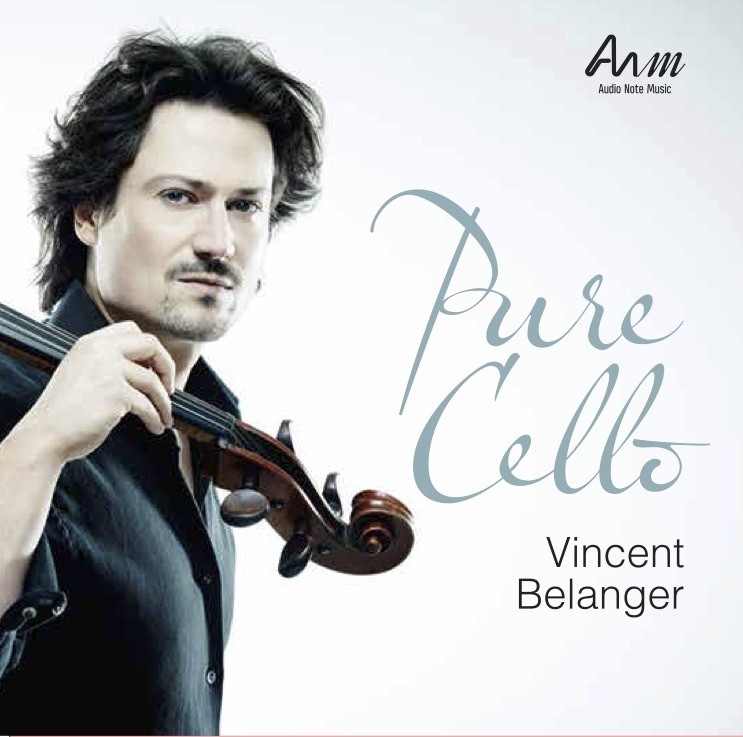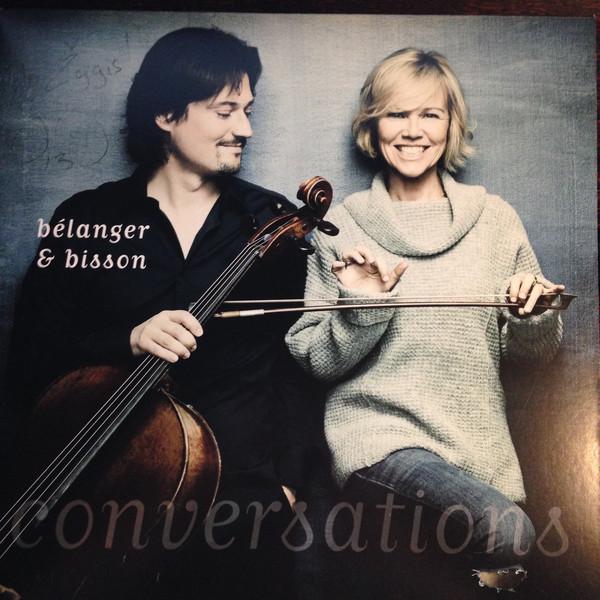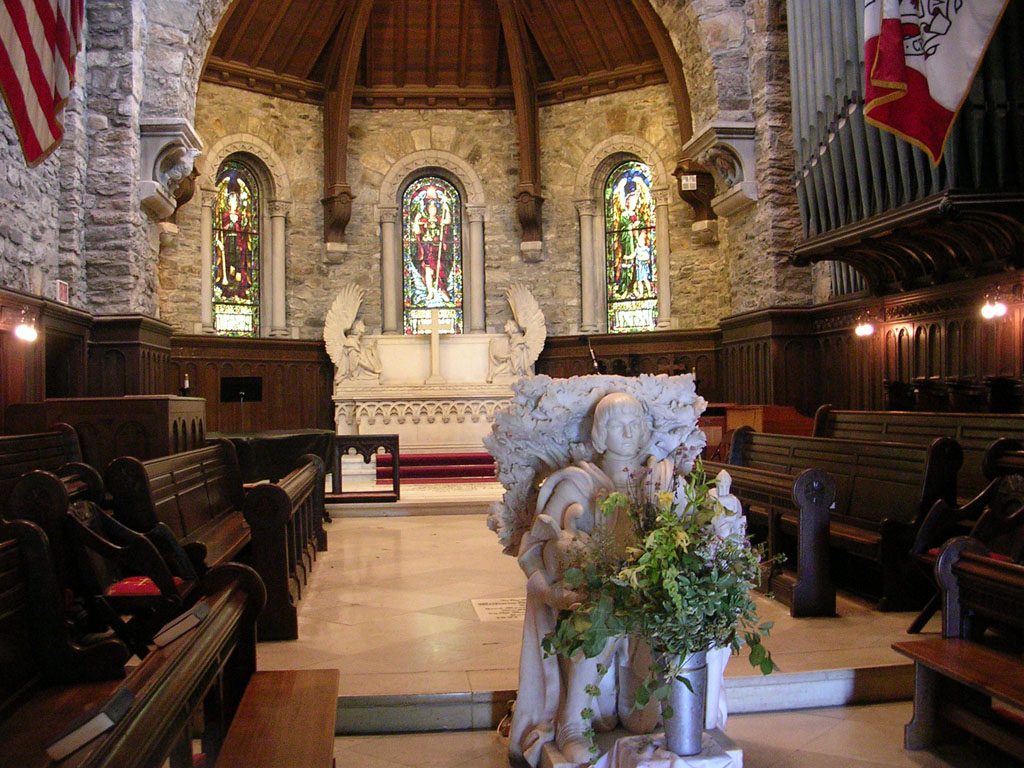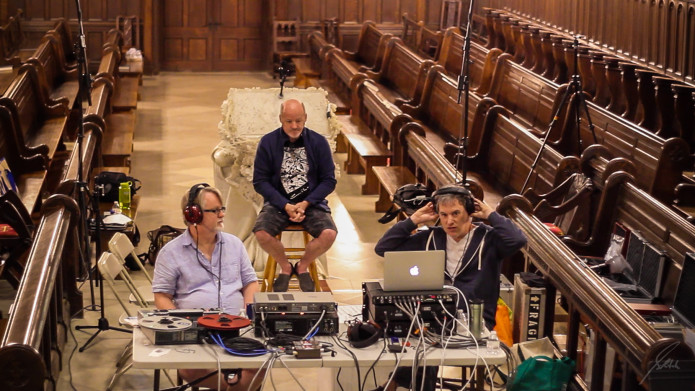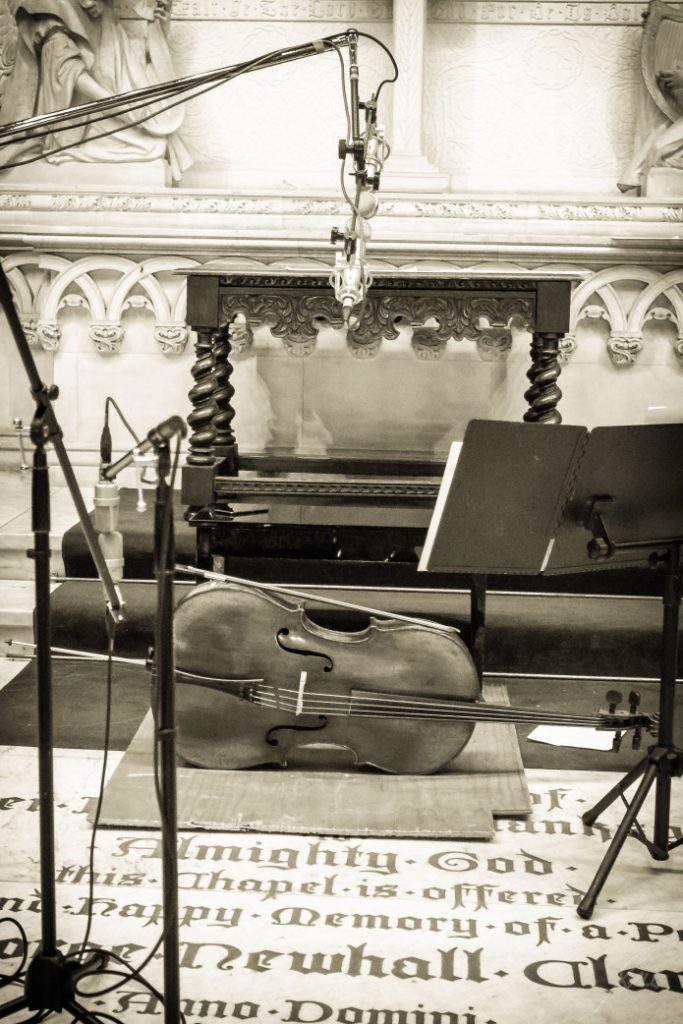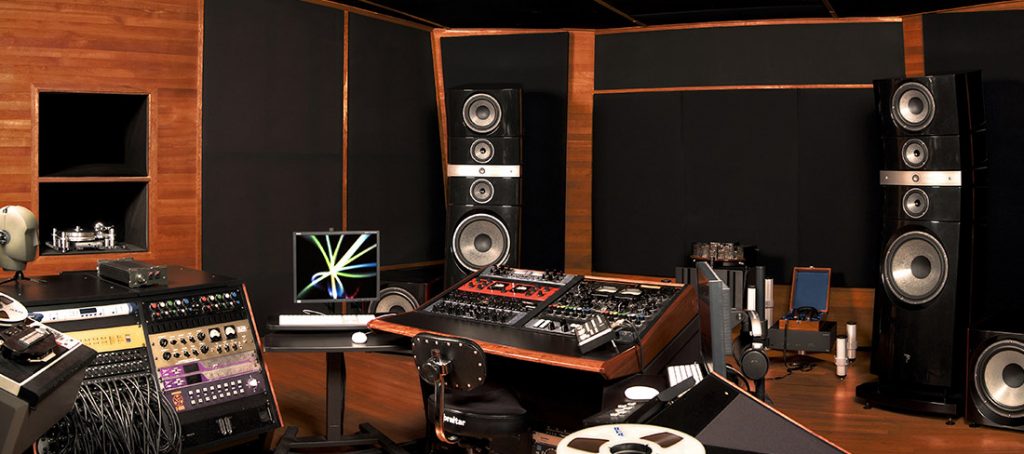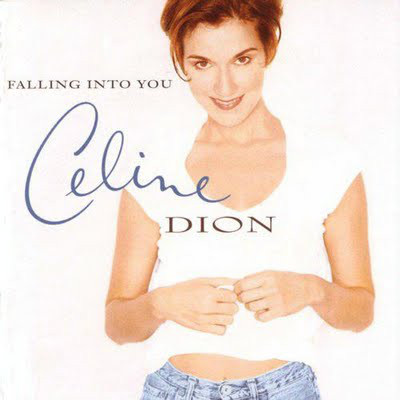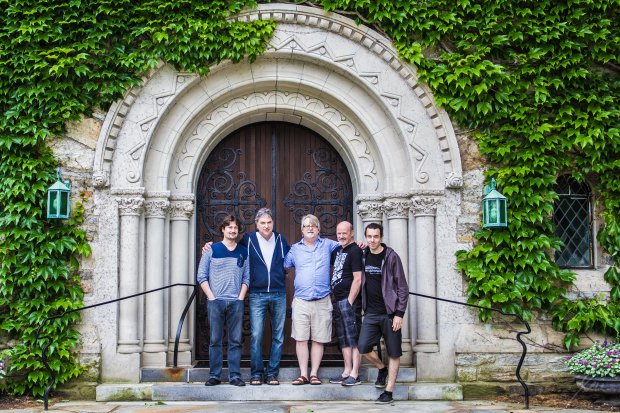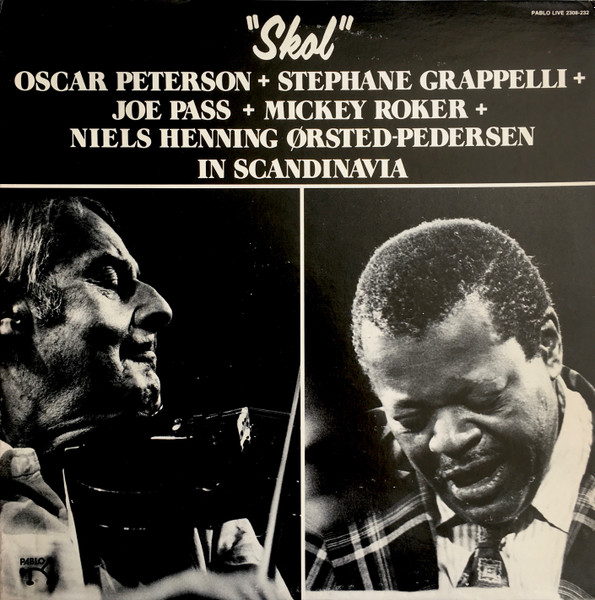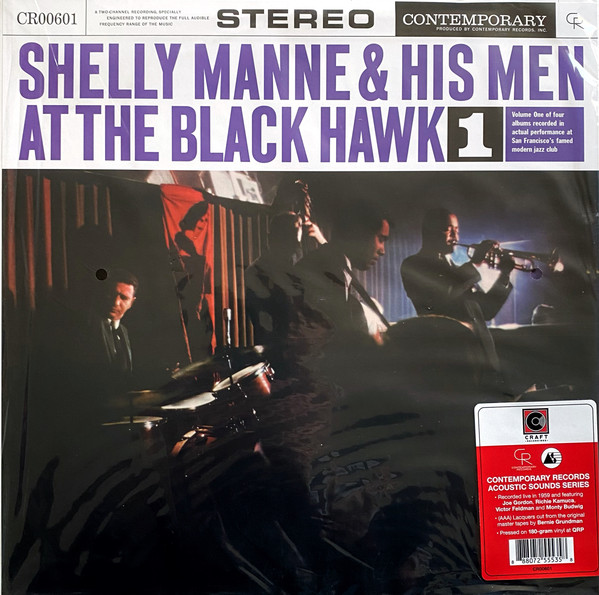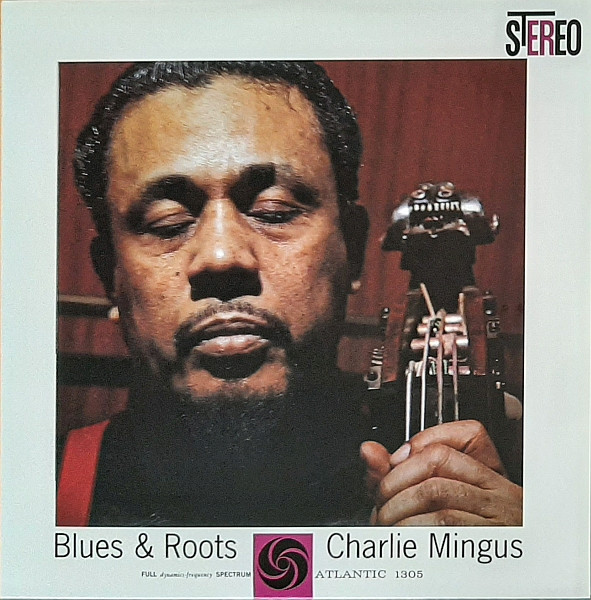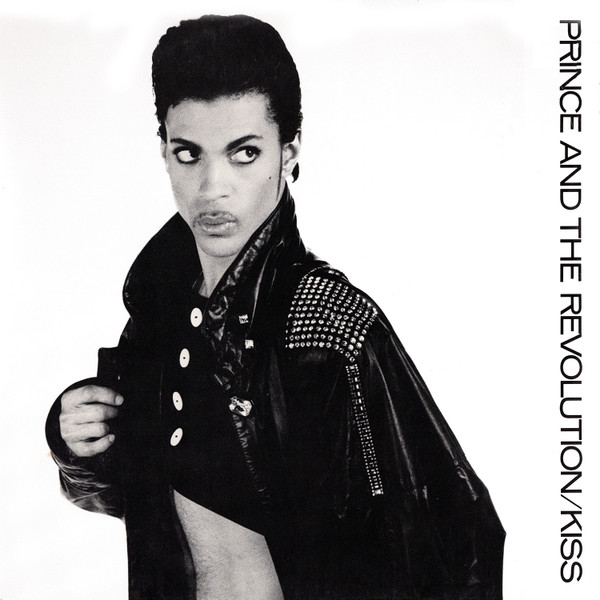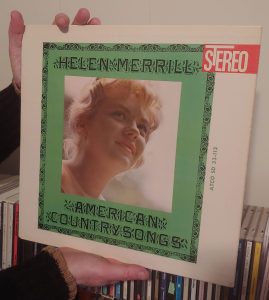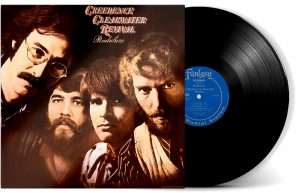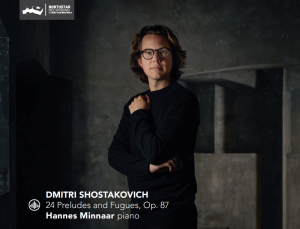Audio Note Music – ANM 1601 (UK) (2017, March) Format: Vinyl (2x180 gram LPs at 45 rpm)
Named official 'musical ambassador' for Audio Note Music, Canadian cellist Vincent Bélanger is part of an all too rare breed: an authentic audiophile/musician. Dedicated to raising awareness around his beautiful bicentennial or so instrument, the busy 38-year-old is on an ongoing mission to bring back the fun and excitement of listening to live classical music, while going to great lengths to transpose that essence to record. Playing since the age of eight, it is only since 2011 that he discovered the fine art of great recorded sound. Nowadays, he is well known among the 'hifi circuit'—his many show-stoppers wherein he plays in synch with or alternates between a recording and himself, seems to be one of his signature stratagems. Of course the degree of success of the old "Is it live or is it Memorex?" query lies as much in the reproductive chain quality than the recording itself.
Which brings us to the latter part of that equation, in this instance the LP titled Pure Cello–the first and only record release (as of writing) from the renowned UK high end company led by manic music lover, and record collector extraordinaire Peter Qvortrup. Back in June 2015, and with a $30k cost breakdown budget, what started out as a—$10k goal Indegogo—crowdfunding project to produce an entire album of solo cello, blossomed into an ambitiously impressive release. This is the protagonist's fourth album, after Bélanger & (Anne) Bisson's Conversations [Universal Music Canada CM5-2222] in 2016—she being a well known show regular from Québec with 'audiophile-approved' pedigree, and like Vincent, was once featured through Montreal's premier label Fidelio Music. The latter team released his first album titled Là, back in 2011–though at the time available in digital format only; it is presently in preparation for future release on vinyl.
Regarding that particular format, Bélanger–being born near the dawn of the 1980s–was way passed the golden age for vinyl, nor never knew the generally good multitrack analog sound of that previous decade. In fact it is safe to say that with the exception of MoFi, Analogue Productions, Classic Records, and a few independent labels, he grew up in the era of what can be considered vinyl's 'crappiest age', not only in terms of cheap pressing quality, but also right smack in the loudness war's conflict affecting both CD, and vinyl! Thankfully, somebody or something convinced him that in this day and age, when done properly, vinyl still rules. Initially suppose to be released as a 331/3 rpm, they soon opted for the advantages of cutting at 45 rpm on four sides instead of 'squeezing' the grooves to fit two sides–though costlier in manufacturing and consequently passed on to the consumer, it was the right decision to make when ultimate sound is your main priority.
Another ironic twist one could say, was the deliberate choice of not surrounding himself with the typical classical 'circle' of technical personnel, be that for production or engineering. Bélanger often finds the modern classical or chamber recordings too distant sounding, and thus 'robbing' the listener of the presence one gets at a live concert, close up to the musician. I totally share the same sentiment, which is the reason why I try to sit in the very first rows, regardless of musical genre, and position my loudspeakers close up with vectors crossing right in front of my head, resembling in part Audio Note's recommendations, though far from the corners. What is interesting is that the cast of assembled accomplices were chosen rather from the audiophile, and pop/rock community, and the recording philosophy more in line with a jazz recording, i.e. miked quite close to the instrument.
Of equal consideration is his view that the 'new guard' of musicians—contemporaries of his so to speak–are risk averse, relating to repertoire or interpretation; commonly playing it safe or conservative to a point of blandness. It reminds me of one of the all time greats–Russian-born American cellist Gregor Piatigorsky—who was not afraid of taking certain stylistic liberties to better deliver the drama, passion, and power of the piece, solidly supported by his impressive sustained vibrato. The master probably figured out early on that the 'medium' through tape, records, and even the distance separating the performance from the audience dilutes the emotional aspects of the partition, and therefore one must judiciously compensate to fully restore the full expressive force from the composer, channeled through the performer. One could even extrapolate this thesis in the home reproductive system, concluding there are multiple minute losses in the entire complex recording chain—while some choosing horns for emphasizing the musical drama, and tension of the music, but I digress.
Audio Note's David Cope chose the charming Clark Chapel close to the Pomfret school in Pomfret, Connecticut USA for its superb acoustics as well as the deep level of sound isolation provided by the six-inch thick doors, and surrounding stone walls–a visual delight as well.
Les Studios Opus' Jacques Roy produced, edited, and mixed the session, while Plurison's Stephan Ritch, who is also a freelance sound engineer recorded it with assistance from Cope.
Two pairs of mics were chosen: a primary pair of Lauten Horizon LT-321 tube condenser cardioids in what at first glance resembles a typical Blumlein configuration, i.e. capsule to capsule facing one another 'polar-rotated' at 90 degrees—which normally would employ two 'crossed-figure-8s—but the 321 being a cardioid, classifies it more into the 'XY' pattern (at 180 instead of the typical 90 degree alignment) placed roughly at head level, inclined 45 degrees, 22 inches from the cello, plus a pair of DPA 4003 omnis spaced 10 feet apart, approximately 20 feet away towards the back for room ambiance. The Lauten visually distinguishes itself by sporting a 'lollipop' head capsule instead of the typical rectangular Neumanns or common fare. Its high sensitivity enables lower gain from the preamp, plus a wide bandwidth pretty flat down to 30Hz, and a broad 2dB plateau from 4 to 15kHz, brings a bit of 'bite' to the instrument—more so than a regular ribbon mic. Both mic sets were amplified by separate solid state Moon Audio 3500 MP preamps—renowned for their extremely low noise, non-colored, and flat frequency, extending up to 250kHz. The output(s) sent to an Apple's Logic Pro X on a MacBook Pro using an Apogee Ensemble Thunderbolt DAW at 24-bit/192kHz resolution. Cabling was AN SOGON LX silver.
Fortunately for us, Bélanger is as demanding of sound quality as he his of his musicianship. Maximizing the time they had at their disposal in the chapel, he spent nearly 8 hours playing while the team recorded the entire session. At a later date, producer Roy—a veritable modern-day Macero—selected, and even edited Bélanger's best takes in order to deliver us the 'perfect performance'. Try as I might, I could not detect any edit or musical oddity whatsoever—we are very far from the infamous "Take Five" splice just preceding Morello's improvised drum solo. The repertoire encompasses the baroque period from Bach to more modern material with Spanish cellist Cassadó, passing through the 19th century with German cellist Grützmacher—in which 12 etudes have their debut recording—and composer, pianist, organist, and conductor Max Reger, better known for his organ works than the cello.
In the end, it took three masterings, and two or three lacquer cuttings to give the go-ahead! Karisma's Guy Hébert handled the former while Philip Gosselin from Le Lab Mastering in Montreal, Canada, accomplished the latter on his fully refurbished Neumann VMS-70 lathe equipped with SX-74 cutter head. He is the sole cutting engineer among seven mastering engineers—him included—quite an impressive number all working under one roof; even more so considering the plethora of self-produced music, and myriad mastering apps available online these days. Keep in mind, we are not talking New York, Nashville or L.A., but Montreal, Québec! Plating and pressings were provided by Optimal's plant situated in Germany, and limited to 2000. Ironically, Montreal's metropolis briefly had a vinyl pressing plant a few years ago known as RIP-V, but as destiny would have it, its acronym anticipated its own demise.
Unseen Works designed the album sleeve. Luc Robitaille captured the musician, cello in hand, spread between the front and back cover on a white bare background. It reminded me of some classical-new age or pop covers from the 1980s and 1990s, which in my opinion, does not convey the true high caliber material lurking within this release. They appear to have been inspired conscientiously or not by Nancy Donald and Hooshik's design of Céline Dion's Falling Into You from 1996.
My preference would have veered more towards an authentic B&W photo or a darker background with the cellist in 'deep thought' or actually playing in the chapel, visually winning over its natural target audience, which is the audiophile community. On a more positive note, the sleeve opens as a gatefold, wherein 13 photos—mostly B&W—frame a central larger one in color, tastefully taken throughout the course of the day by Ritch, informing us on the team's personnel, equipment, the chapel's beautiful interior, and even the actual cutting of the master lacquer at a later date. Inserted in one of the sleeve's openings, is a full-sized glossy sheet containing brief info regarding the musical selections plus Bélanger's bio, both in English on one side, and french on the reverse. The LP's are safely housed in what is my preferred method: i.e. wedged-corner paper with poly lining the inside, providing protection plus strength.
All four labels match the front cover's hues (as did Dion's LP also). Closely examining the vinyl, inscribed in the dead wax are 'LAB PG' for Montreal cutting engineer Philip Gosselin as well as A1 B2 C3 D1 respectively indicating I presume which of the master plates were chosen to make the stampers. This unmodulated area averages a radius around one-inch wide, with side B closer to 7/8 of an inch—each side roughly varying between 10 and 13 minutes, the latter approaching the maximum time recommended for 45 rpm with limited bass content. I think Gosselin got just the right compromise between maximum groove spread vs minimal inner-groove distortion, and in effect, I could not perceive any diminishing of high frequency purity throughout. I had the rare opportunity of borrowing two copies from friends, to compare with mine: all three were perfectly flat, beautifully black, and very shiny, with no scuff marks. Most sides were devoid of any ticks, except for one copy that had a few minor ones near the end of side B, plus another copy that had a small 'v-shaped dent' about half an inch from the outer groove affecting both side A and B in the same spot for a few platter turns, heard in the form of a 'low thud' as if someone was gently 'tapping his foot' at the recording venue. That said the vinyl surface noise floor was nearly as quiet as the best MoFi's pressed by RTI, which suggests that Optimal are capable of generating great quiet pressings but need to improve somewhat there QC methods if they wish to reach the pinnacle of vinyl manufacturing. Also on all three copies, I could detect a faint 'cyclic' or periodic noise throughout side A–the remaining sides seemed ok or at worst barely perceptible. I could not confirm but was told that this low level noise does not appear on the CD version, inferring that it was not present at the recording site, and therefore is part of the vinyl chain, either at the cutting lathe or during plating procedures which include rotational steps. Note that with the vast majority of albums, the music content and—in 'pre-dolby days'—analog tape hiss, would cover these minor noises. But because of the nature of this recording—i.e. a solo cello, the musician exploring extreme dynamic phrasings, a pure digital, direct to MacBook Pro pathway, and hence no tape hiss—everything is laid bare to hear, especially so if your system is dead quiet like mine is, and puts the onus on every step of the project. That said, in the end it did not diminish my listening pleasure.
Now onto the listening: It is by far the best cello recording I have heard anywhere regarding sound, and one of if not the best, most natural sounding LP in my roughly 8000 record collection. The tone, and textures emanating from the bow, strings, f-holes, and resonant wooden belly, bespeak a deep degree of realism rarely encountered through any format medium. Bélanger's passionate performance of this rarely recorded repertoire, makes it just as enjoyable from a musical standpoint–running the full gamut of emotive range, from mere melancholy to bold bowing bravura, with every (Audio) Note resonating in between. He brings a breath of fresh air to the sometimes stale state of playing we get from certain classical musicians since the last couple of decades. It demands a lot of dexterity, forcefulness, finesse, not forgetting an absolute command of one's instrument to pull off this outstanding level of mastery. Just one example are the double-stops delivered on side D, leading us to wonder falsely if two are actually sharing the score, such is the quality of execution. We can sense the presence and physicality—his every efforts, easily captured by the main mics, and see-through sound. The entire recording-production team proved adept at mixing just the perfect proportion of proximity vs room ambiance. As a result, we get to relish the intimacy, power, and pizzicati precision of the cellist close up, plus Clark Chapel's consonant colors embellishing the soundstage, and informing us on the venue's inner dimensions—ultimately transporting us to its first pews in Pomfret, Connecticut. The sound is neither overly warm nor 'clinical' cool, but simply neutrally natural—nothing hints at any 'digititis'. Contrary to most music labels, Audio Note was wise enough to conserve the full frequency response, and vast dynamic range of the recording, not compressing in any direction the session. High praise also must be credited to Hébert, and Ritch for the fine mastering, engineer Gosselin at Le Lab Mastering for skillfully cutting the master lacquer, and the artist himself for refusing to settle for anything less than the best.
A must-have in any collection. Kudos to all!
Rating
- Global Appreciation: 9.7
- Music + interpretation: A+
- Recording: 10
- Mastering: 10
- Lacquer Cutting: 9.5
- Pressing: 9.5
- Packaging: above average
Credits
- Executive director Michel Plante
- Produced, edited, and mixed by Jacques Roy
- Recorded by Stephan Ritch and assisted by David Cope
- Recorded at Clark Chapel at Pomfret school in Pomfret, CT, USA, June 8 to 12, 2015
- Mastered by Guy Hébert with Stephan Ritch
- LP lacquers cut by Philip Gosselin at Lab Mastering in Montreal, Canada
- Plated and Pressed by Optimal in Germany
- Cover photo by Luc Robitaille
- Inside photos by Stephan Ritch
- Sleeve Design by Unseen Works
For more from Claude Lemaire go to his blog...
http://soundevaluations.blogspot.ca/




